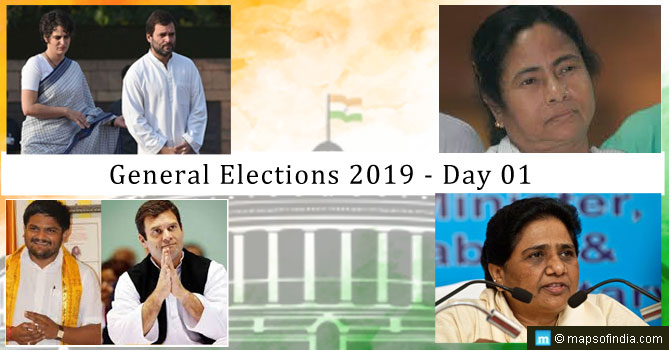In the complicated types of governing forms, phrases such as “dual government”, “double government”, and “dyarchy” often appear, each with its particular meanings and implications. While these ideas seem similar, they indicate fundamentally different political theory and practice arrangements. To understand their complexities, examining their meanings and investigating the circumstances in which they function is essential.
Dual Government
The word “dual government” suggests two groups competing for power inside a political system. In contrast to a unified government, which centralizes power, a dual government scenario implies a split of authority between two contending entities. This separation can take many forms, including executive branches warring over jurisdictional limits and different factions inside a state vying for authority.
Dual governments have historically been common during political turmoil or transition periods when conflicting ideologies or factions fight for power. While India has not had a conventional dual government situation with an open confrontation between two competing institutions, there have been examples of political tensions and power conflicts among several parts of government, including the executive, legislative, and judicial branches. These conflicts often emerge owing to concerns of jurisdiction, constitutional interpretation, or ideological differences between political parties. However, such issues are usually resolved through democratic institutions and processes.
Double Government
“Double government” refers to a situation in which two independent institutions live within a single political framework, each with strong power over various areas of governance. Unlike dual government, when conflict is explicit, double government operates more quietly, with one group often having formal authority while the other wields significant behind-the-scenes influence. This duality can usually be seen as a visible government comprising elected officials and formal institutions and a shadow government comprising entrenched bureaucratic agencies, intelligence services, or powerful interest groups. The collaboration of these two domains can result in a complicated web of decision-making in which variables outside the scope of traditional democratic processes mold policies.
The concept of parallel governance has significance in modern India, where a “deep state” or entrenched bureaucratic structure exerts enormous power behind the scenes. While India works in a democratic framework with elected legislators and formal institutions, there are worries about the pervasive influence of bureaucratic organizations, notably in defense, intelligence, and economic policies. Critics claim that this parallel power structure can occasionally operate outside of democratic scrutiny, posing challenges to accountability and transparency.
Dyarchy
Dyarchy is a more structured arrangement in which authority is split between two separate authorities or levels of government, each accountable for a certain domain. Unlike duel or double government, which often suggest conflict or opacity, dyarchy comprises a systematic division of responsibilities to encourage efficiency and balance. In modern political discourse, dyarchy refers to power-sharing arrangements within federal or decentralized systems in which tasks are distributed between central and regional governments. This concept seeks to balance varied interests and encourage local autonomy while maintaining the integrity of the larger state structure.
During British colonial administration in India, the Government of India Act of 1919 and 1935 established dyarchy. These statutes established a form of monarchical governance, with power divided between British officials and Indian delegates. The legislative councils were partitioned into central and provincial components, with certain subjects, such as education and public health, being transferred to Indian ministers. Still, critical sectors like finance and law remained under British control. This concept sought to incorporate Indian participation in government while preserving British supremacy.




